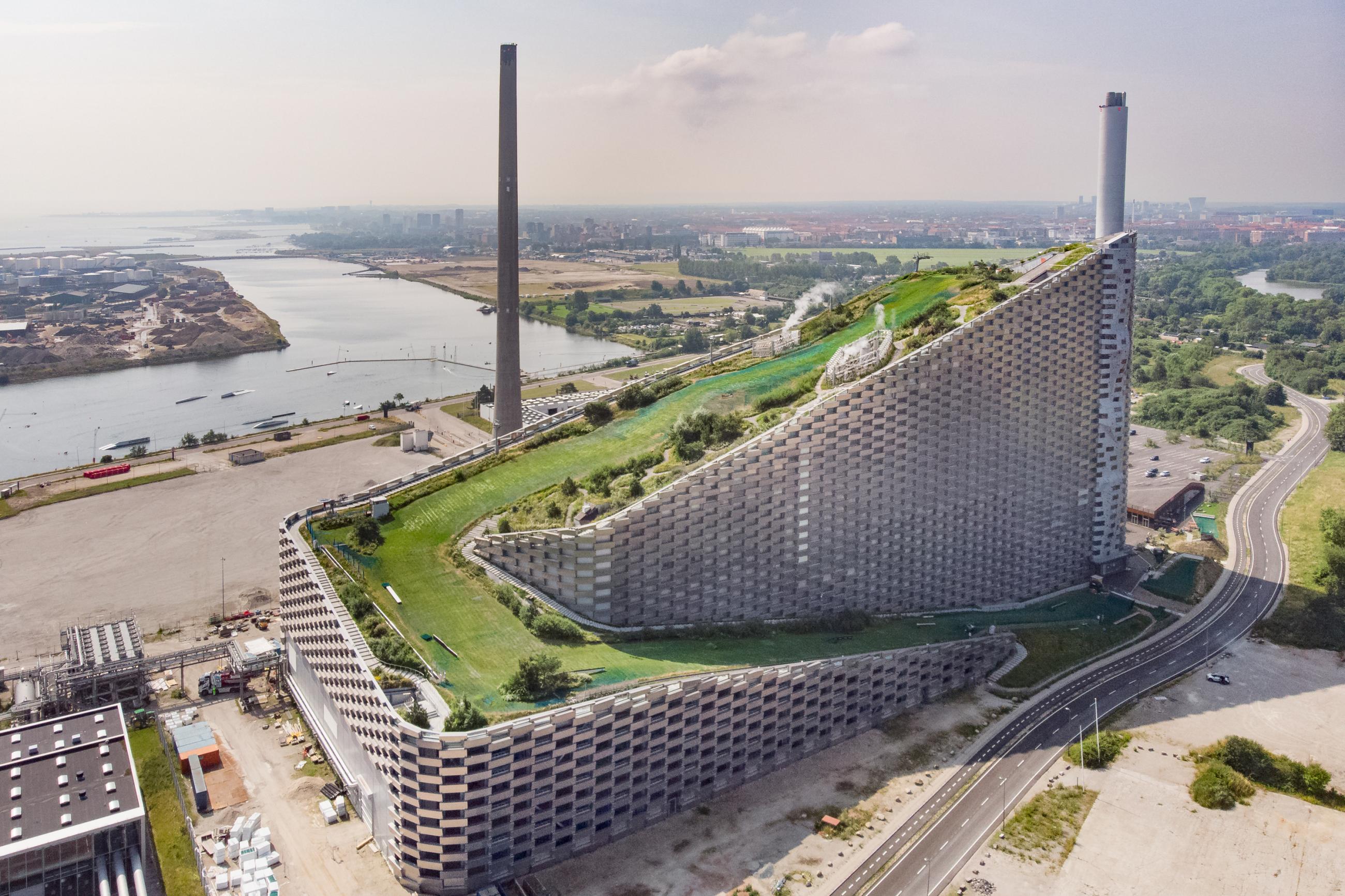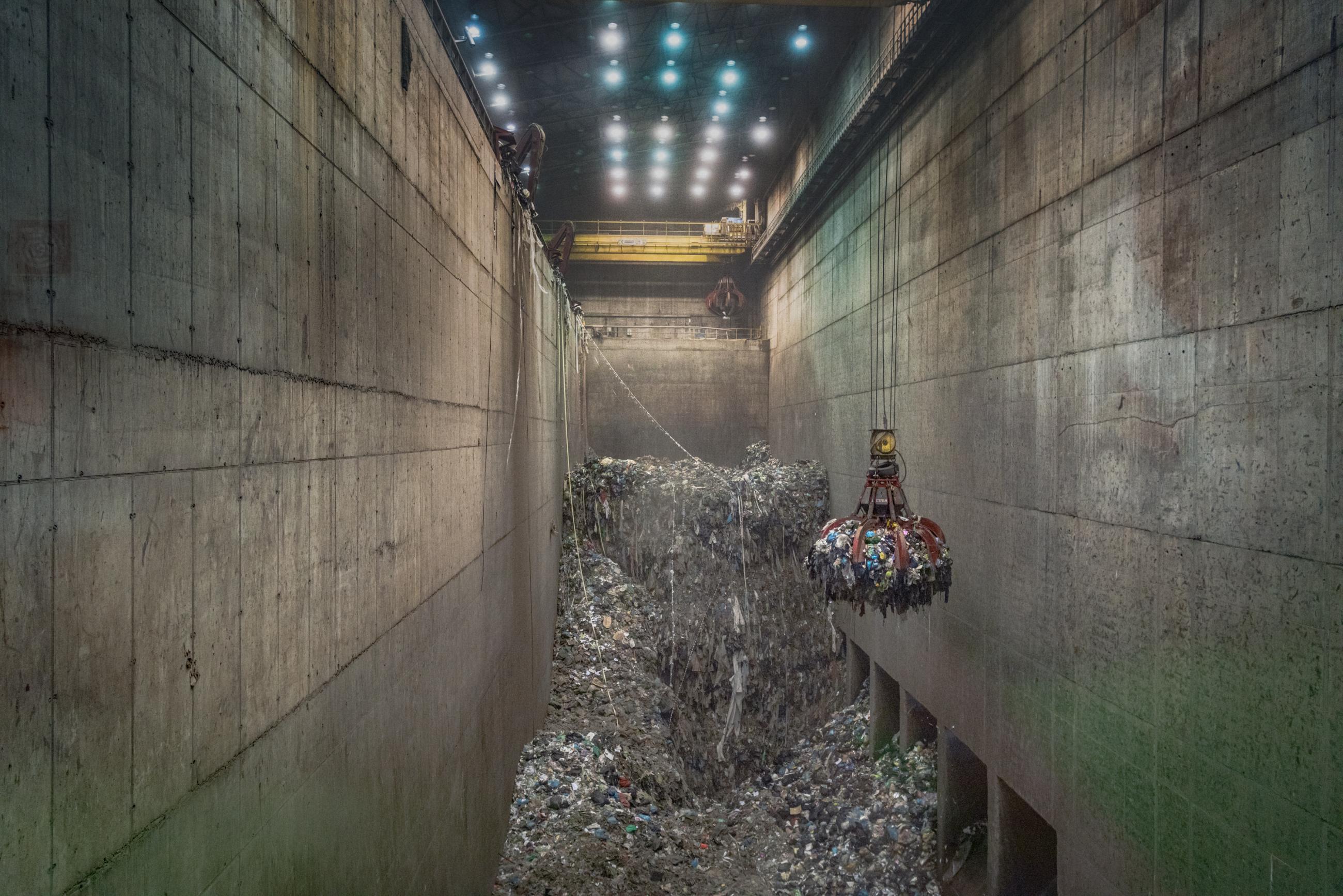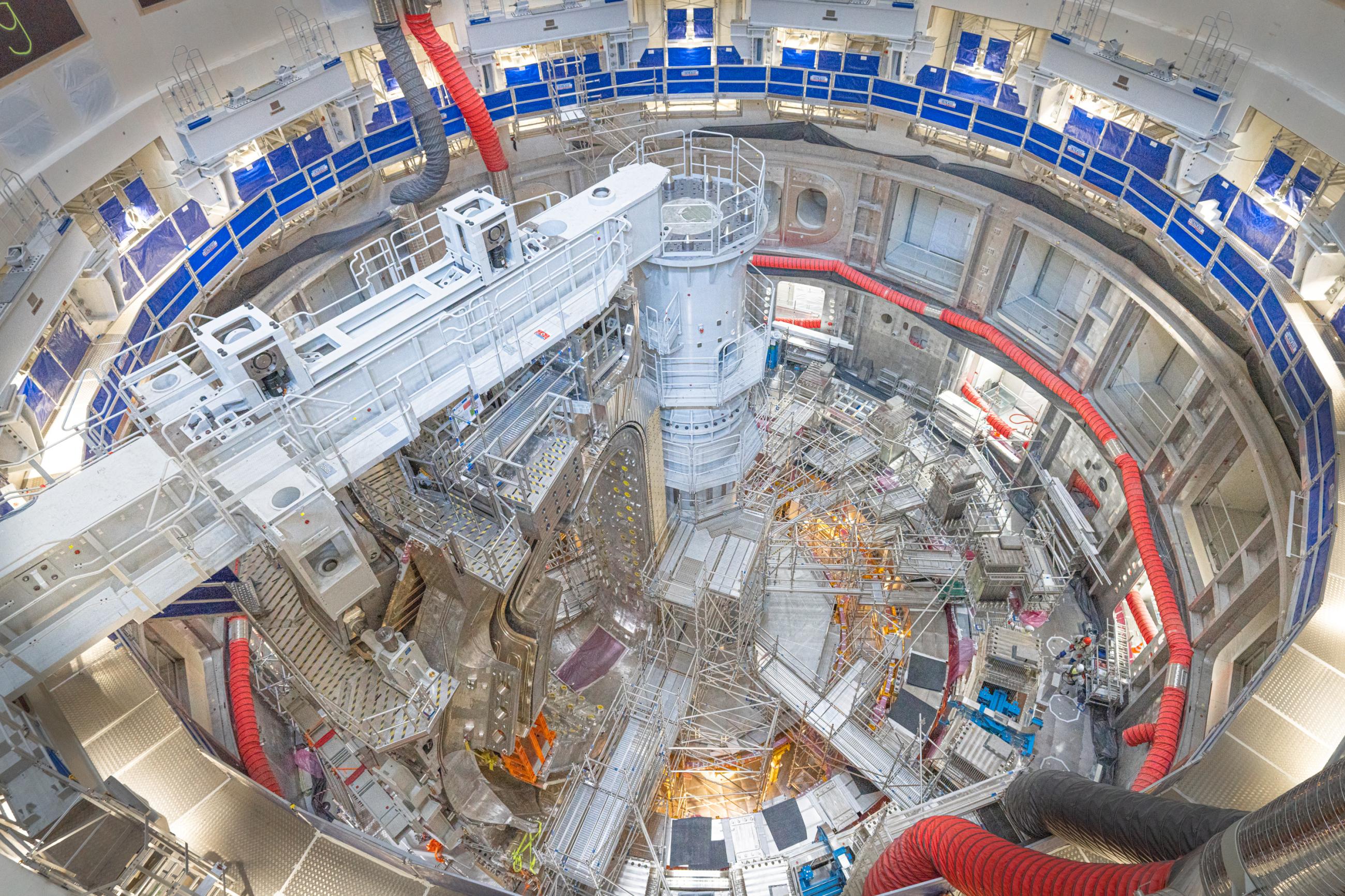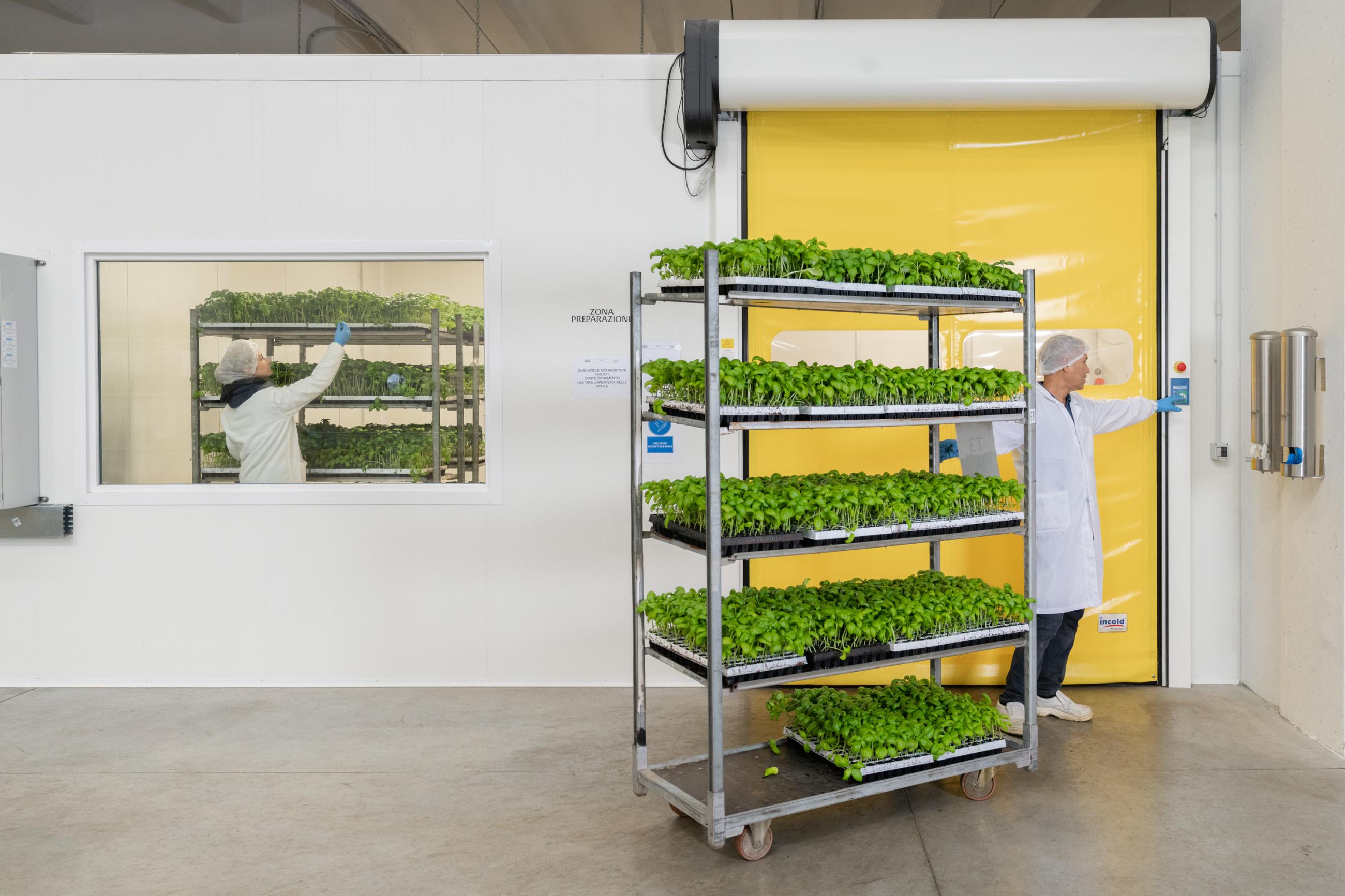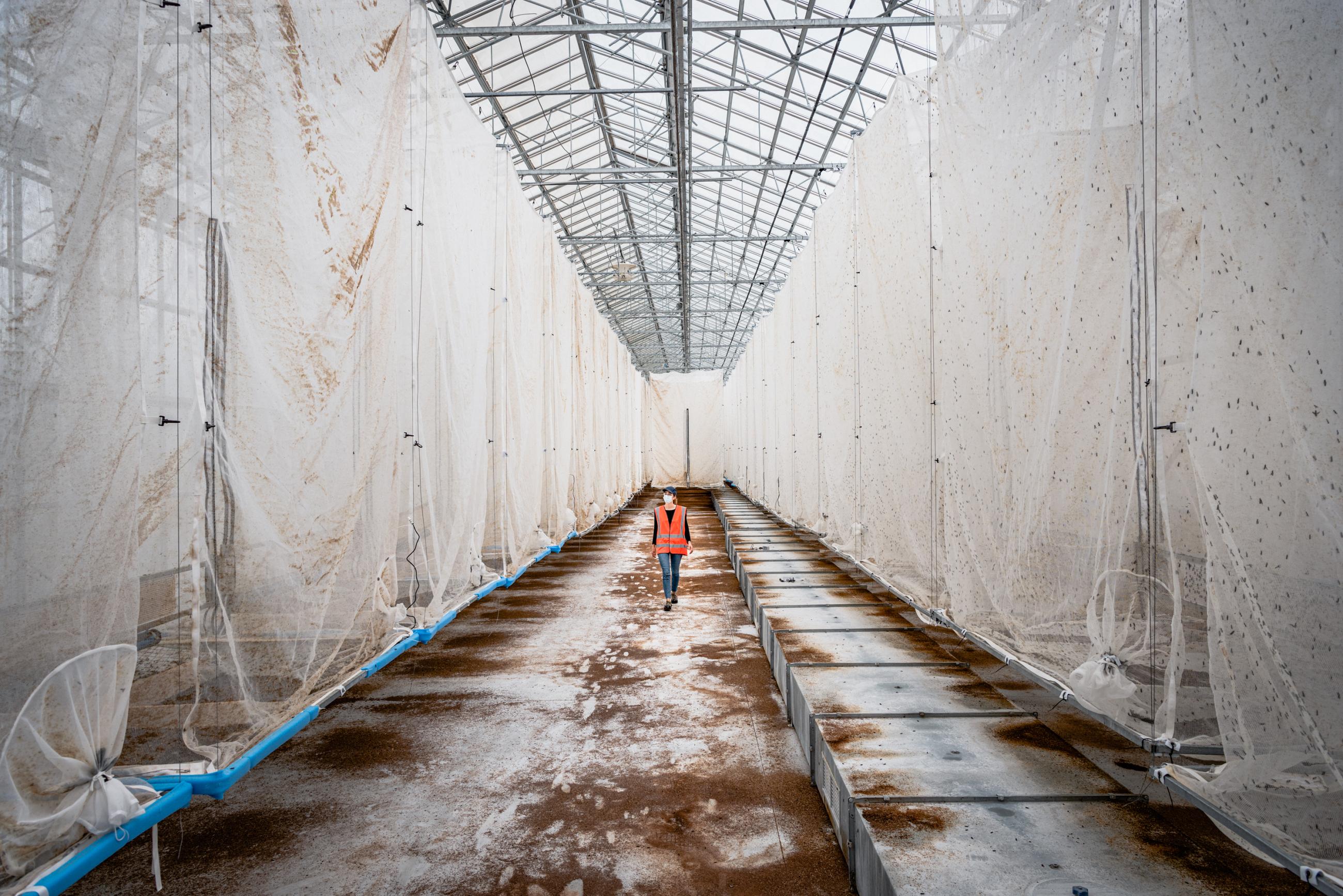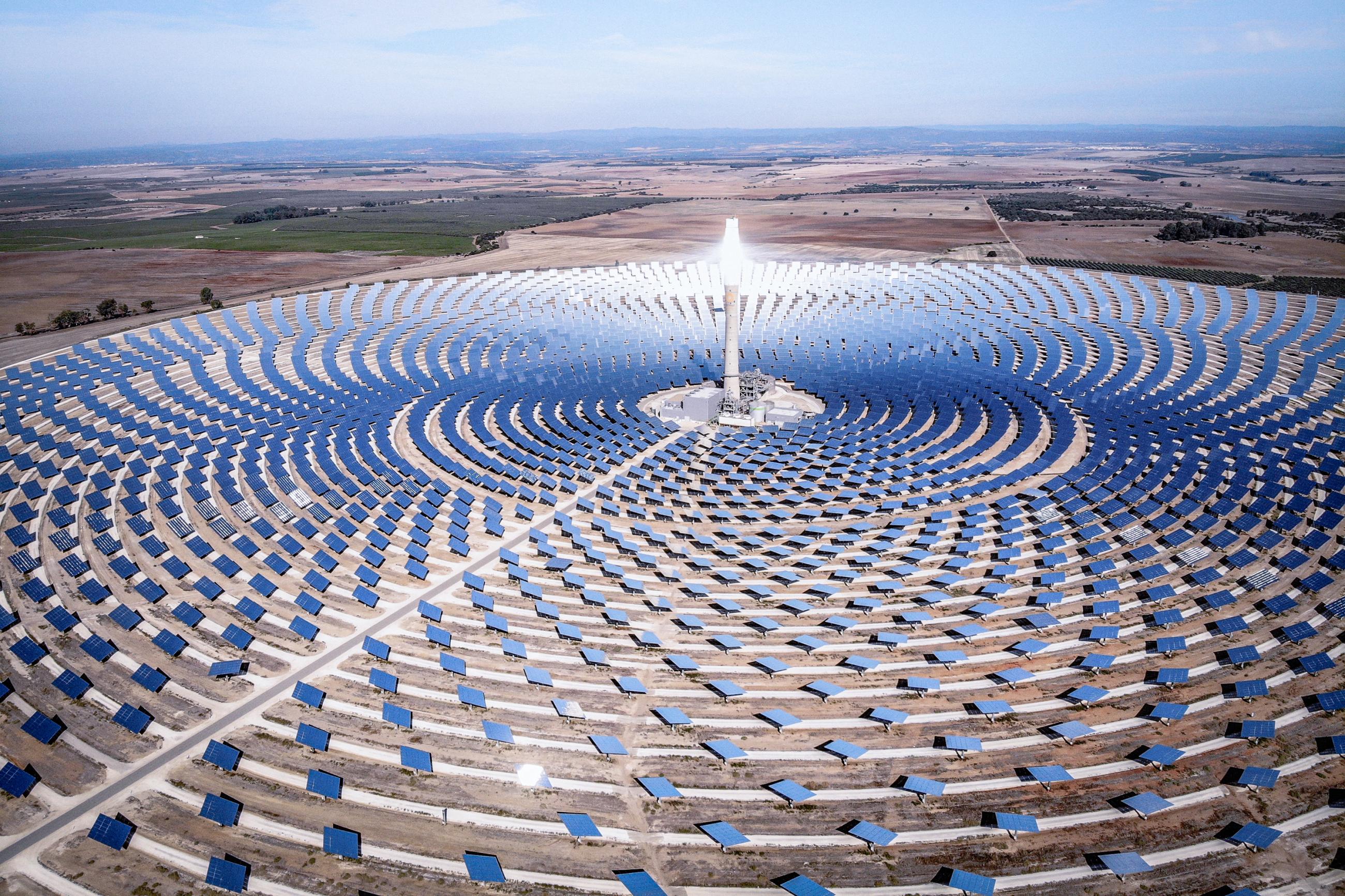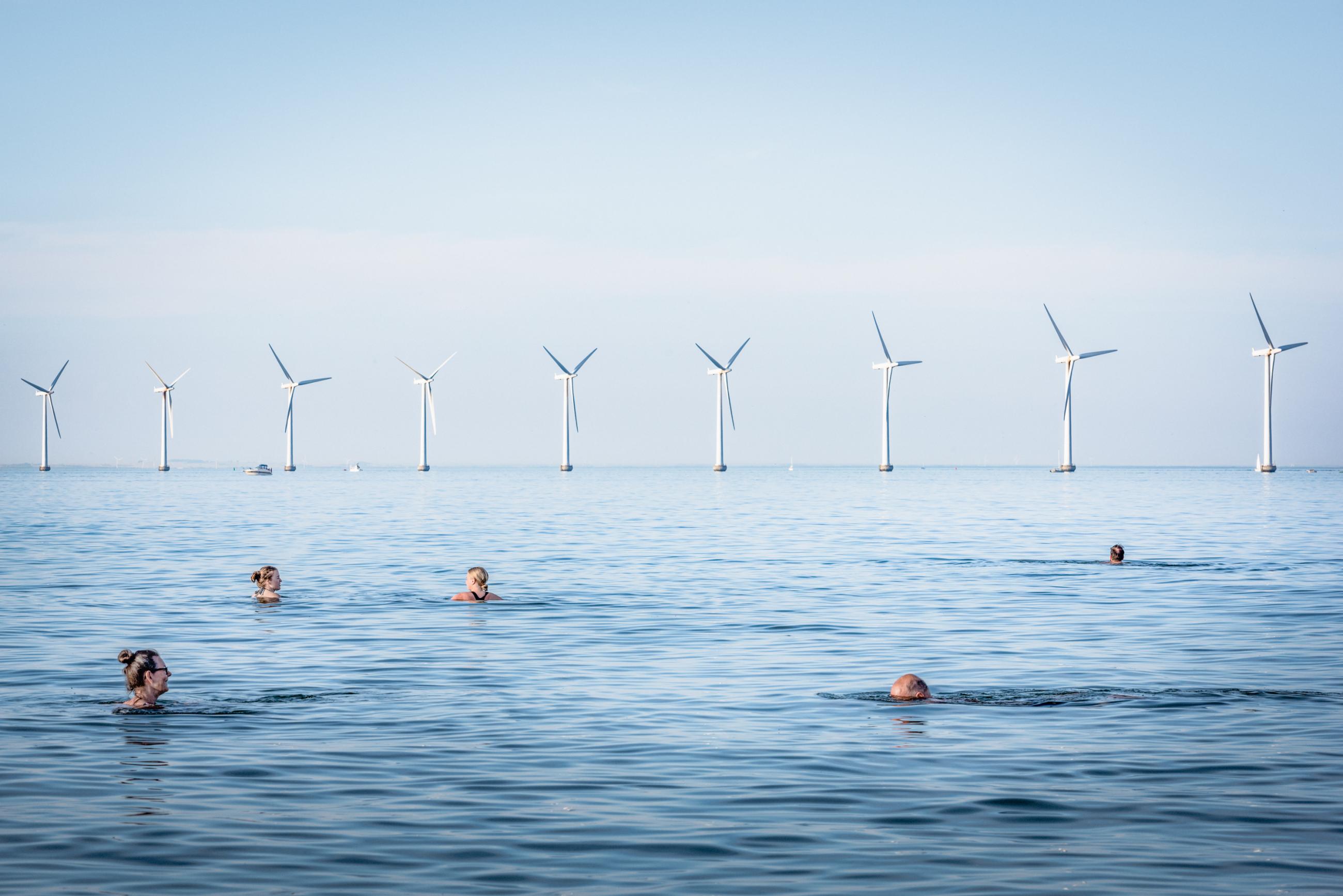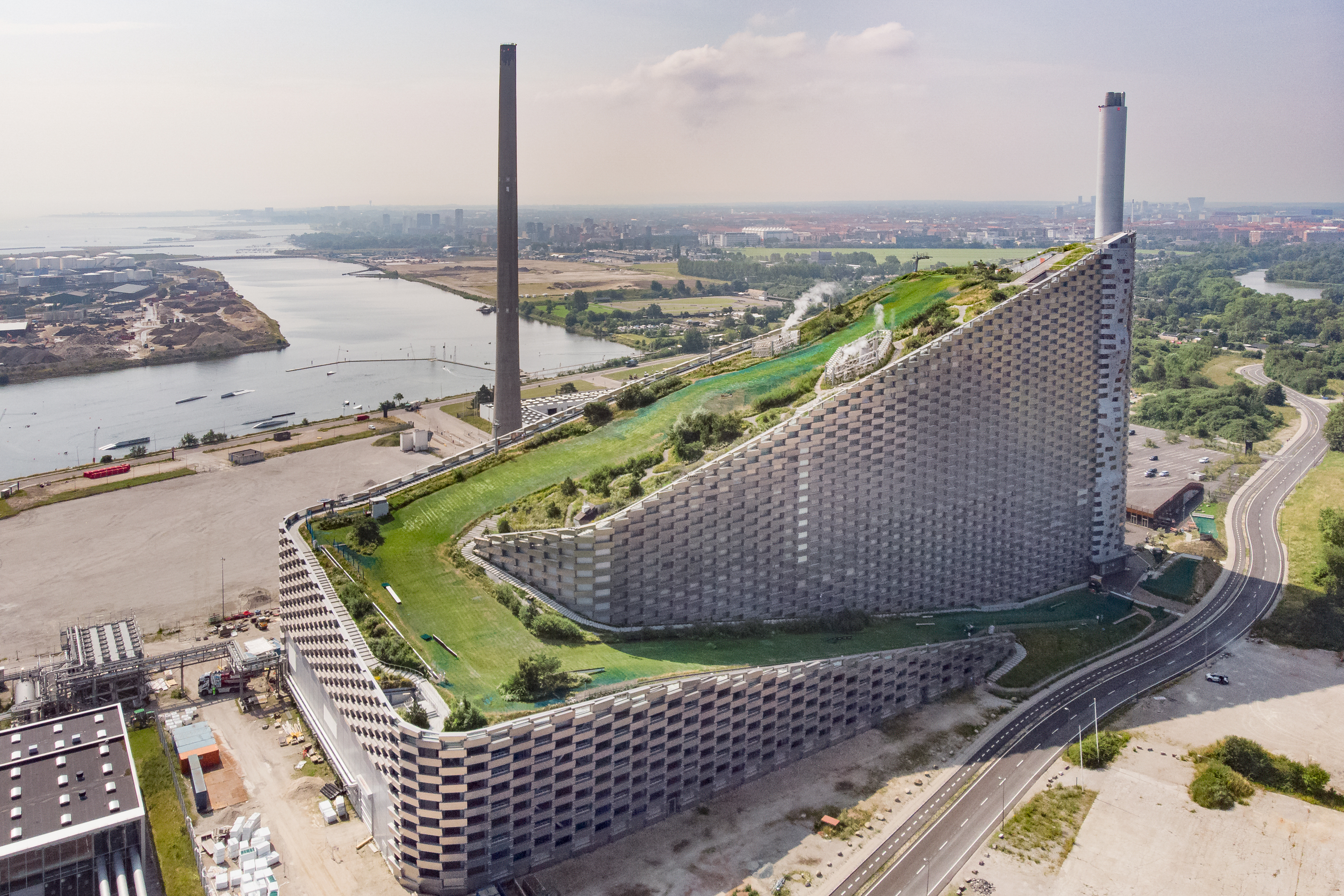
Climate change is the greatest threat the world is currently facing. The challenge that lies ahead requires us to change our perspective and redesign humanity, so it is no longer separate from its ecosystem, but one with the planet it inhabits. The EU has set targets to cut emissions by at least 55 percent by 2030, and to reduce them to net-zero by 2050. Renewable energies, new technologies for food production and the circular economy are key solutions for achieving these Green Deal goals, and many revolutionary seeds have already been planted across Europe to make the future sustainable for the next generations. The net-zero transition has already started and is set to be the next industrial revolution: these innovative technologies lead the way towards climate neutrality, inspiring a virtuous model that will generate a new and sustainable cycle of life.
Simone Tramonte is an Italian photographer focused on documenting social and environmental contemporary issues.
After obtaining a degree in Economics, he decided to follow his passion for photography and started a freelance career based on a combination of self-produced projects and assignments.
Lately, his interest focuses on analysing the relations between people and the environment and aims at documenting how innovative technologies can shape them towards a more sustainable future.
